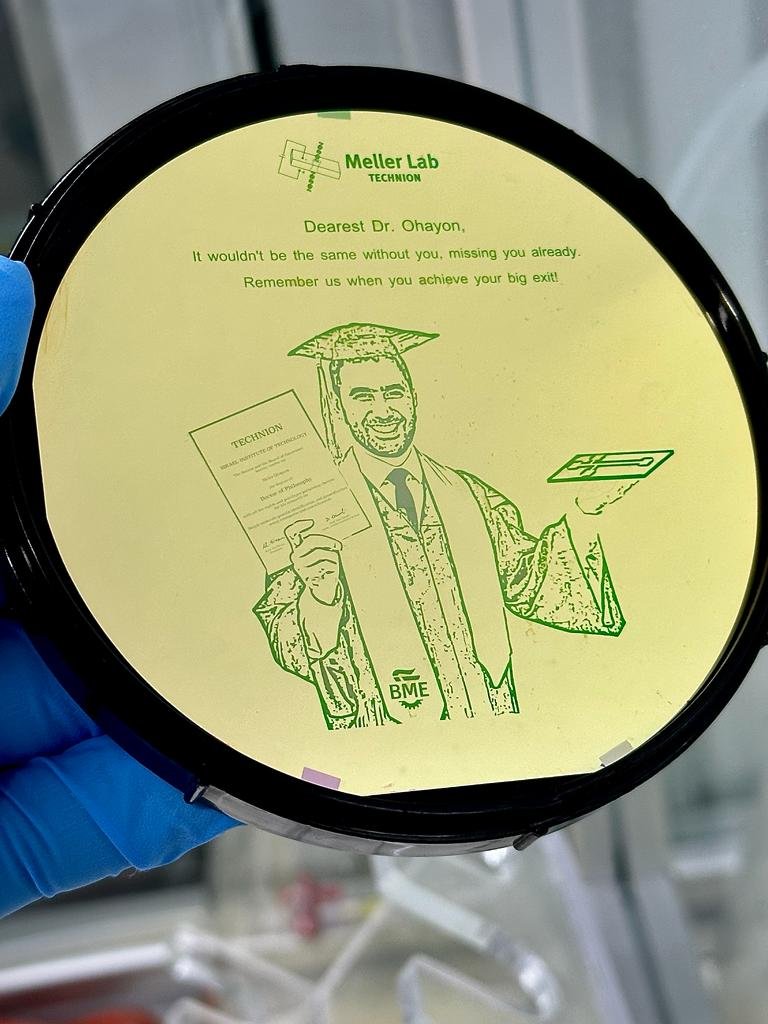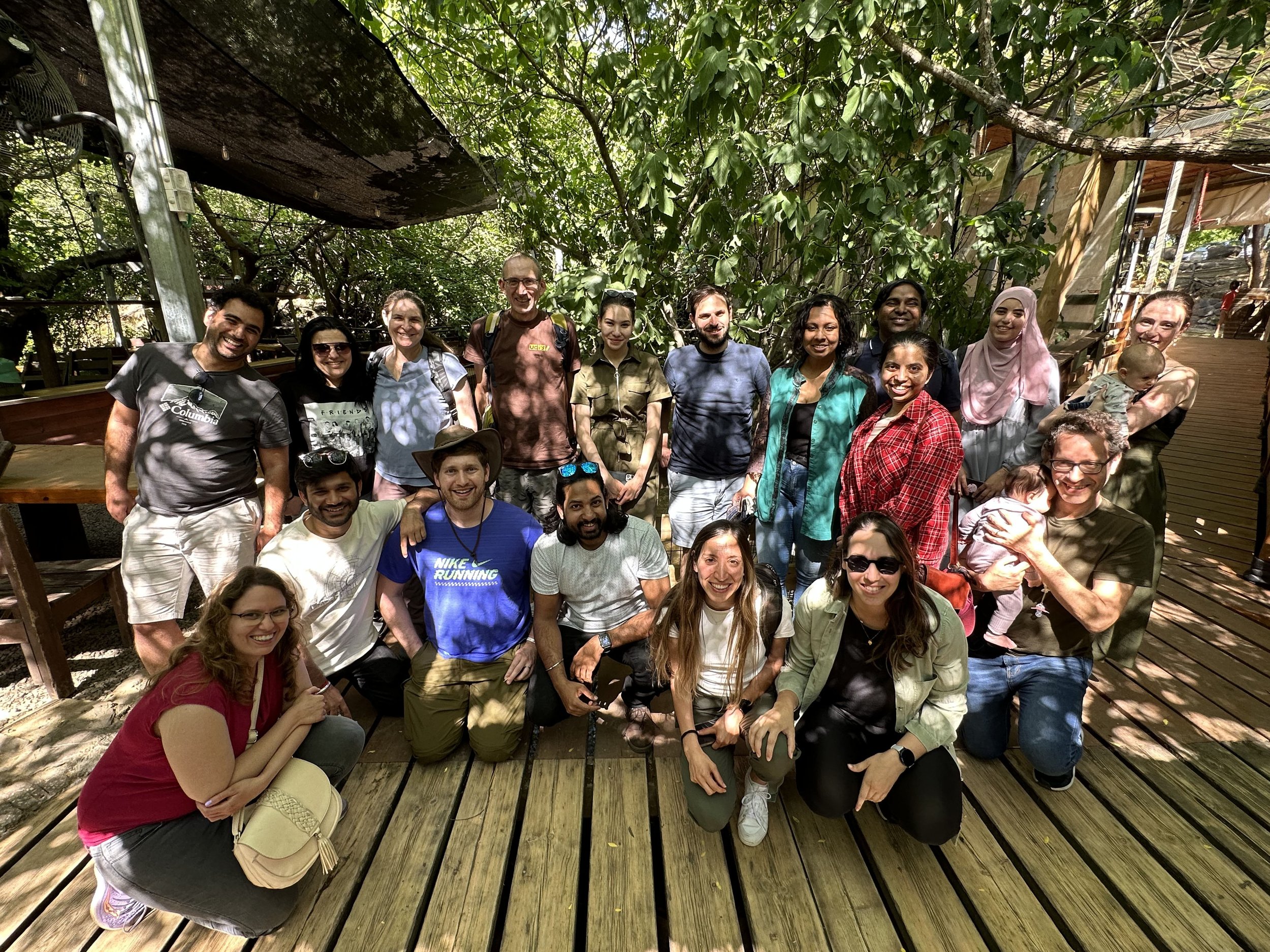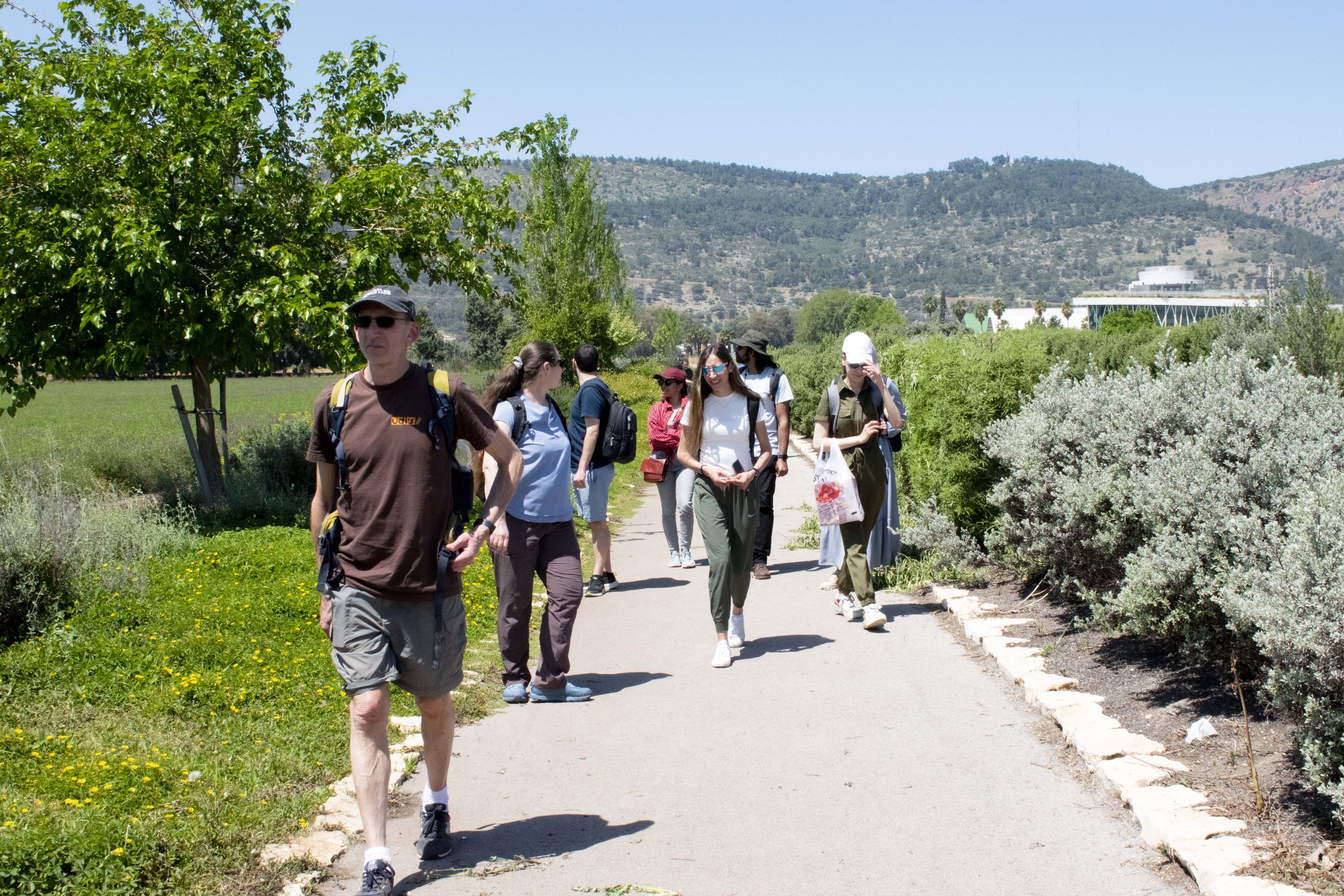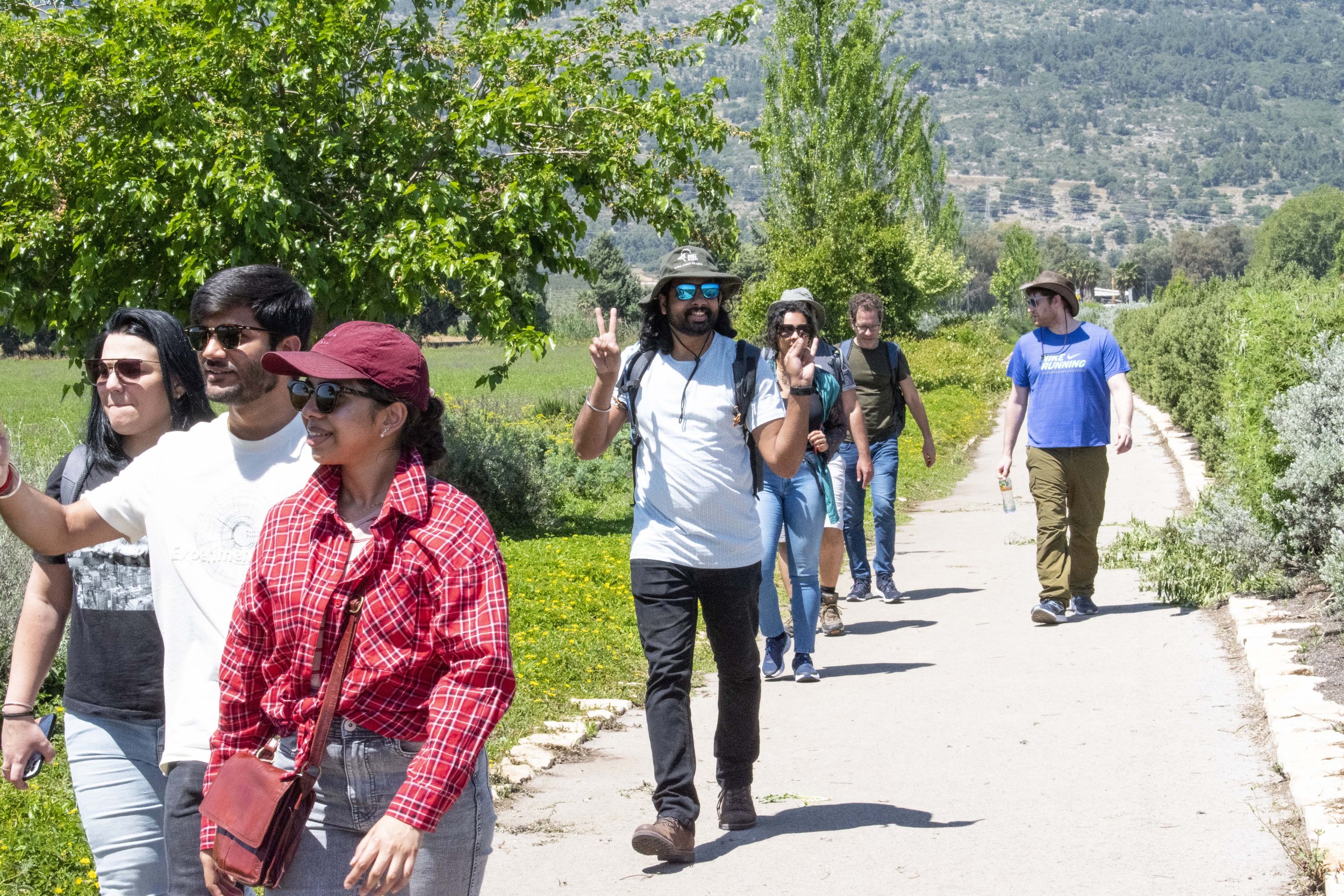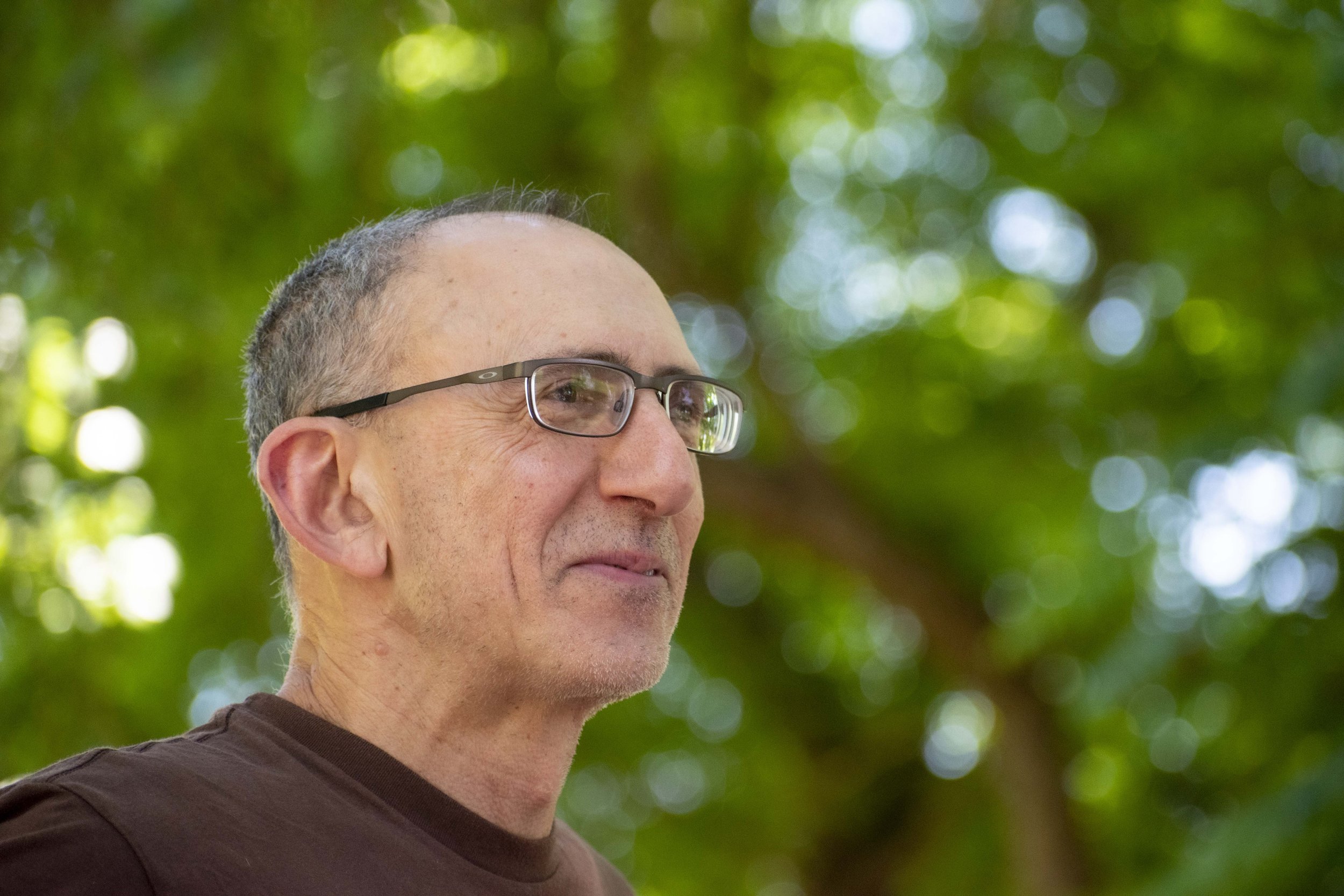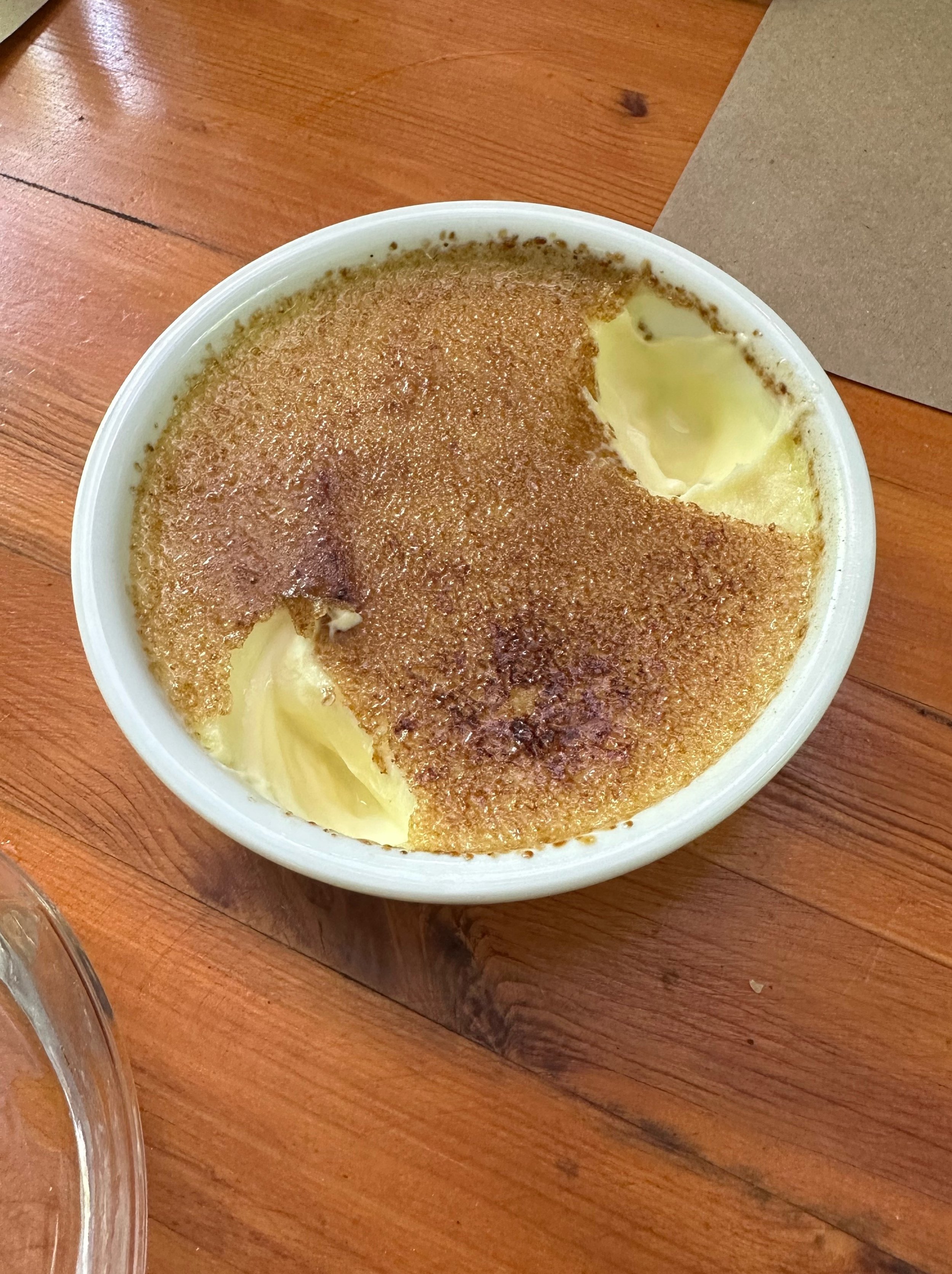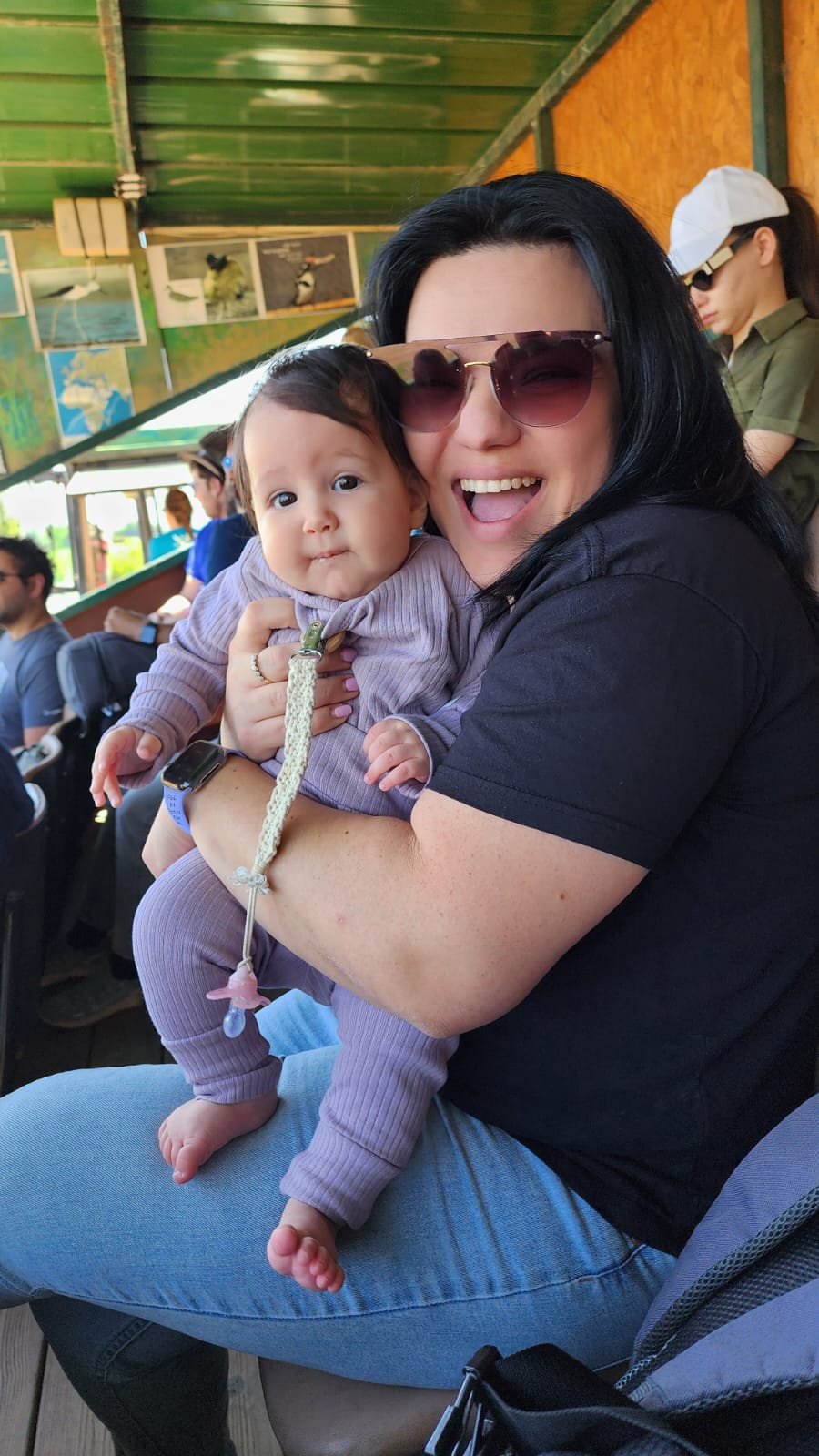Meller Lab at the Indian Expo 2023
It was great participating at the Indian Expo 2023 and get to know the Indian culture better!
Congrats Dr. Shilo Ohayon!
We’re thrilled to announce that our Shilo Ohayon is now a doctoral graduate! Here’s wishing that he remains strikingly curious and inspired in all of his endeavors ahead.
Meller lab triple N team’s new paper is on ACS Nano Letter journal
The triple N team (Neeraj, Navneet and Noam.T) has made a leap with the new ACS Nano Letters paper, making this Prof. Meller’s hundredth paper: Over 30-Fold Enhancement in DNA Translocation Dynamics through Nanoscale Pores Coated with an Anionic Surfactant.
In this work, we modulated the surface charges of the ssNP by a negatively charged surfactant SDS. This alteration in the nanopore surface is able to regulate the ElectroOsmotic Flow (EOF) inside the nanopore. The EOF dramatically improves the performance of the NP by >30-fold, slowing down DNA translocation speed without degrading NP noise. In addition, surfactant-coated ssNPs can be employed to sense short DNA fragments at high voltage bias accurately. In addition, by visualizing the electrically neutral fluorophores, we are able to shed light on the EOF processes occurring inside and in close proximity to the planar ssNPs.
Read the full paper here
Lab Retreat 2023
Our annual lab retreat took place in the beautiful, bird-watching Hula Valley. Our guided tour involved bird-watching from a hidden cart. We had fun playing a social game to get to know everybody better and then had a wonderful lunch at “Dag al ha’Dan” restaurant in the heart of the Golan on the banks of the Hatzabani and the Dan rivers.
Purim Party
Meller Lab participated in a Purim party of the BME (Bio-Medical Engineering) Faculty. Mellers presented the Technion’s cyber attack while being dressed as Darkbit hackers, Technion, anti-vairus and moodle.
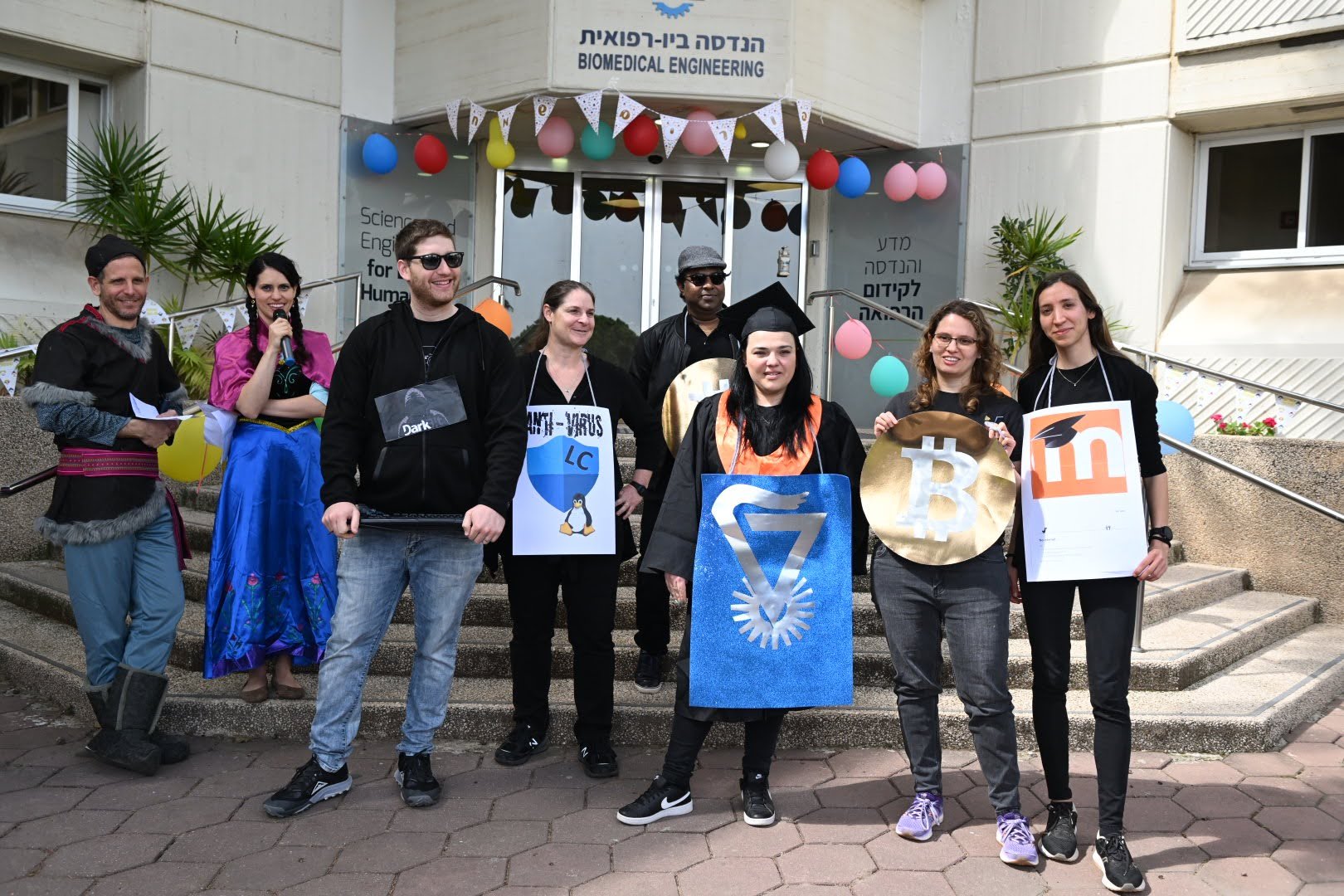

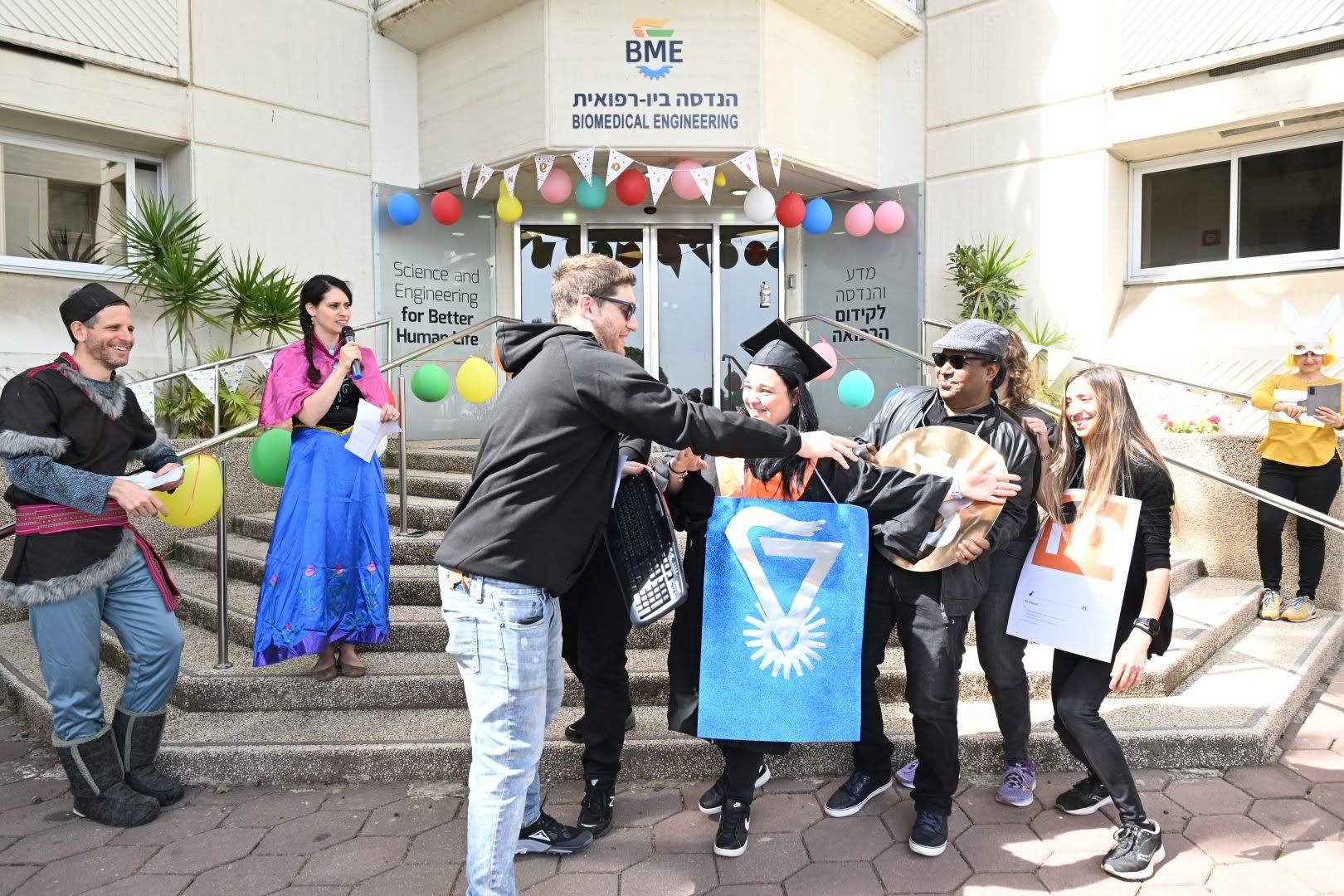
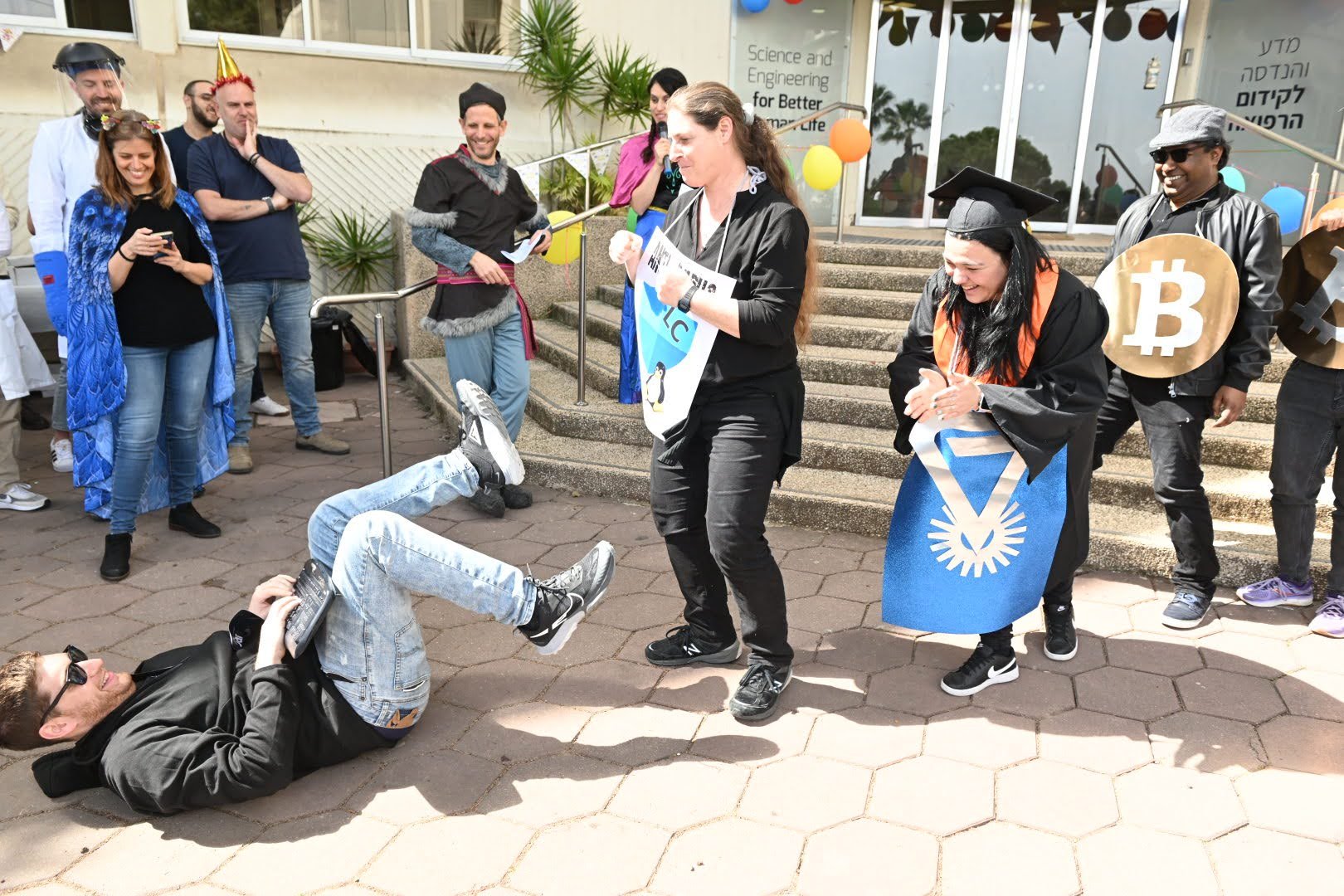
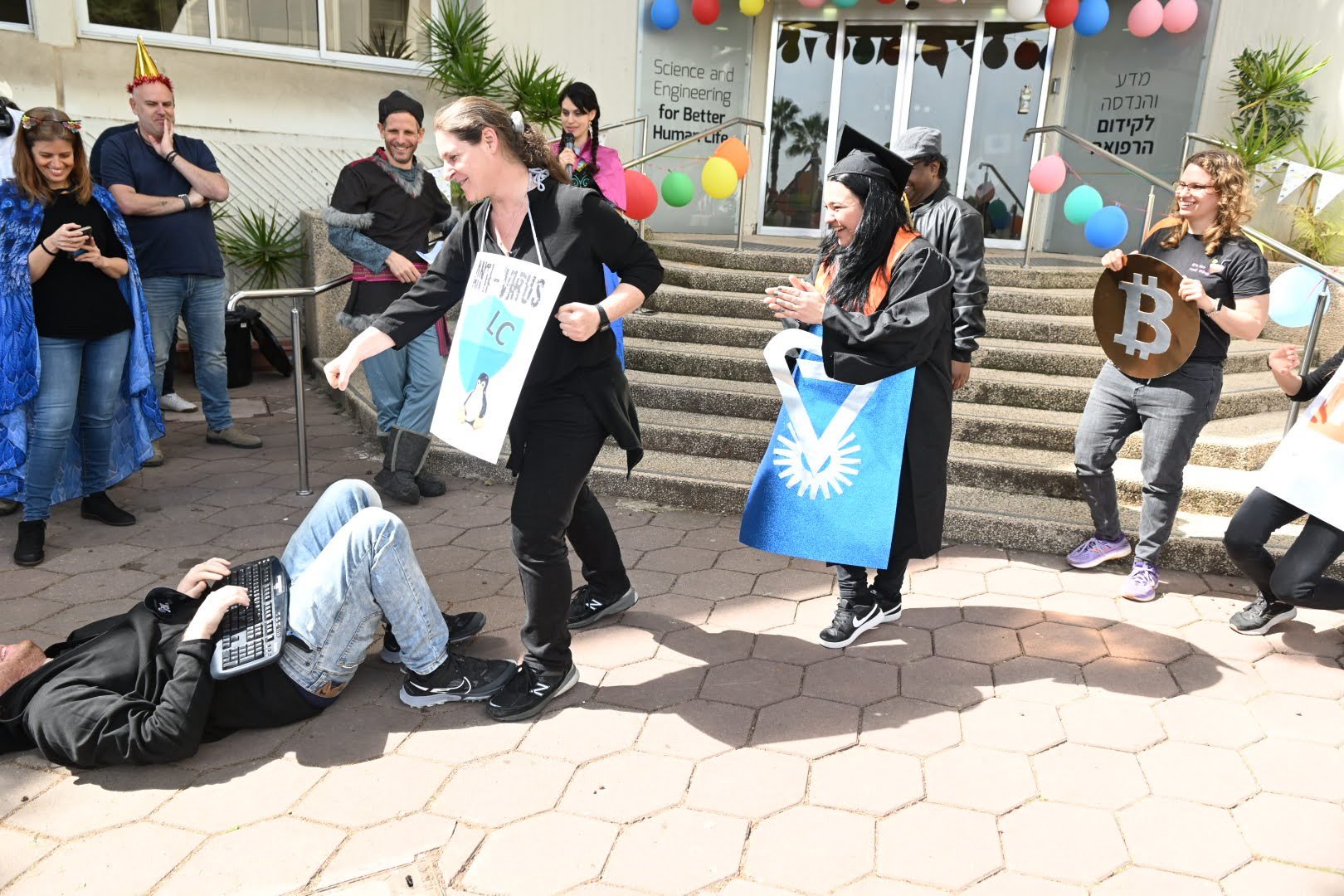
New Seven Wonders of Future Technologies
Nature published seven technologies to watch in 2023. Our lab was mentioned as one of the leading research teams working on single molecule protein sequencing. Prof. Meller’s motivation was cited: “You might be able to look at maybe tens of thousands or even millions of nanopores simultaneously”.
To read more about the seven technologies to watch in 2023, visit the site:
https://www.nature.com/articles/d41586-023-00178-y
The James Webb Space Telescope’s 6.5-metre primary mirror (6 of 18 segments shown) can detect objects billions of light years away. Credit: NASA/MSFC/David Higginbotham


